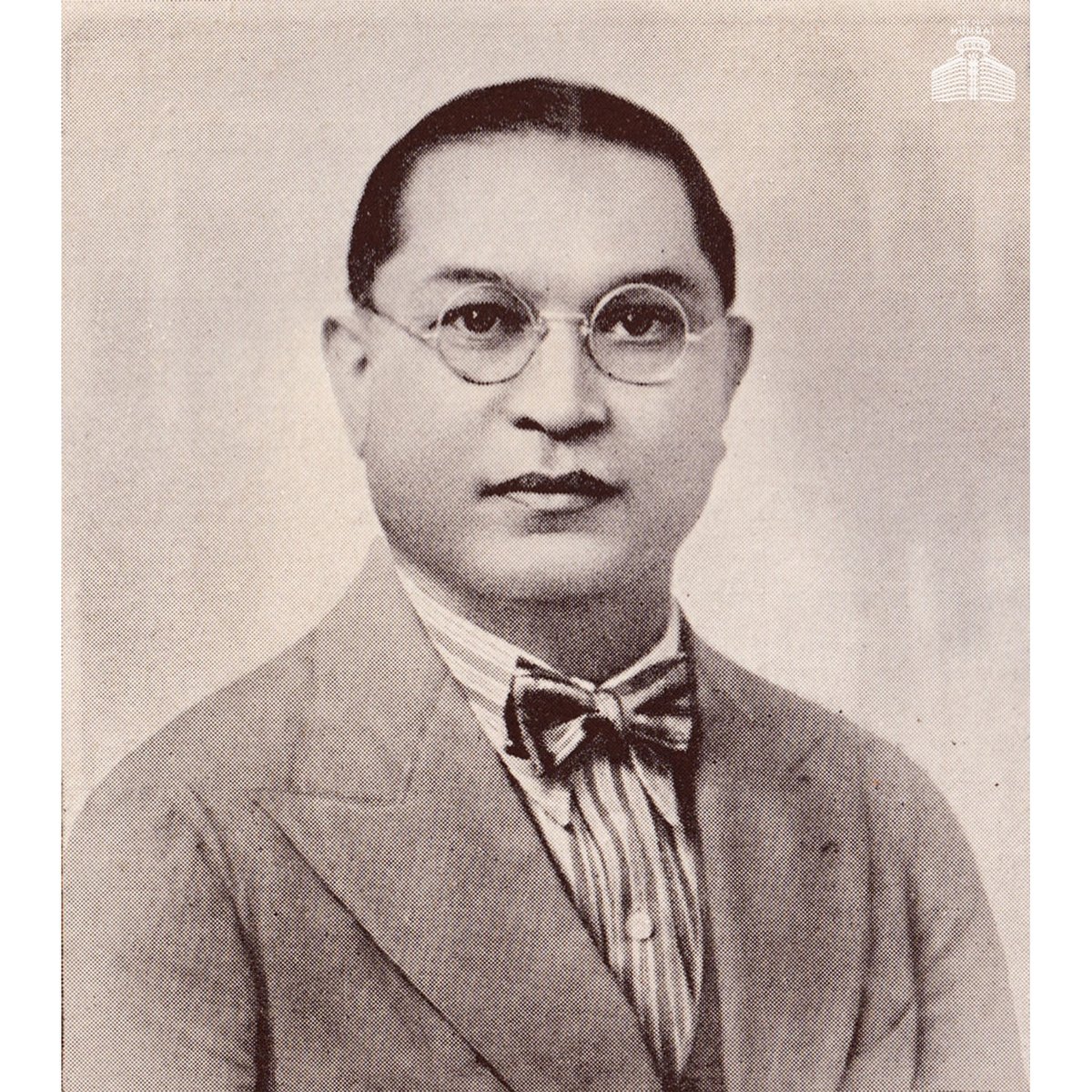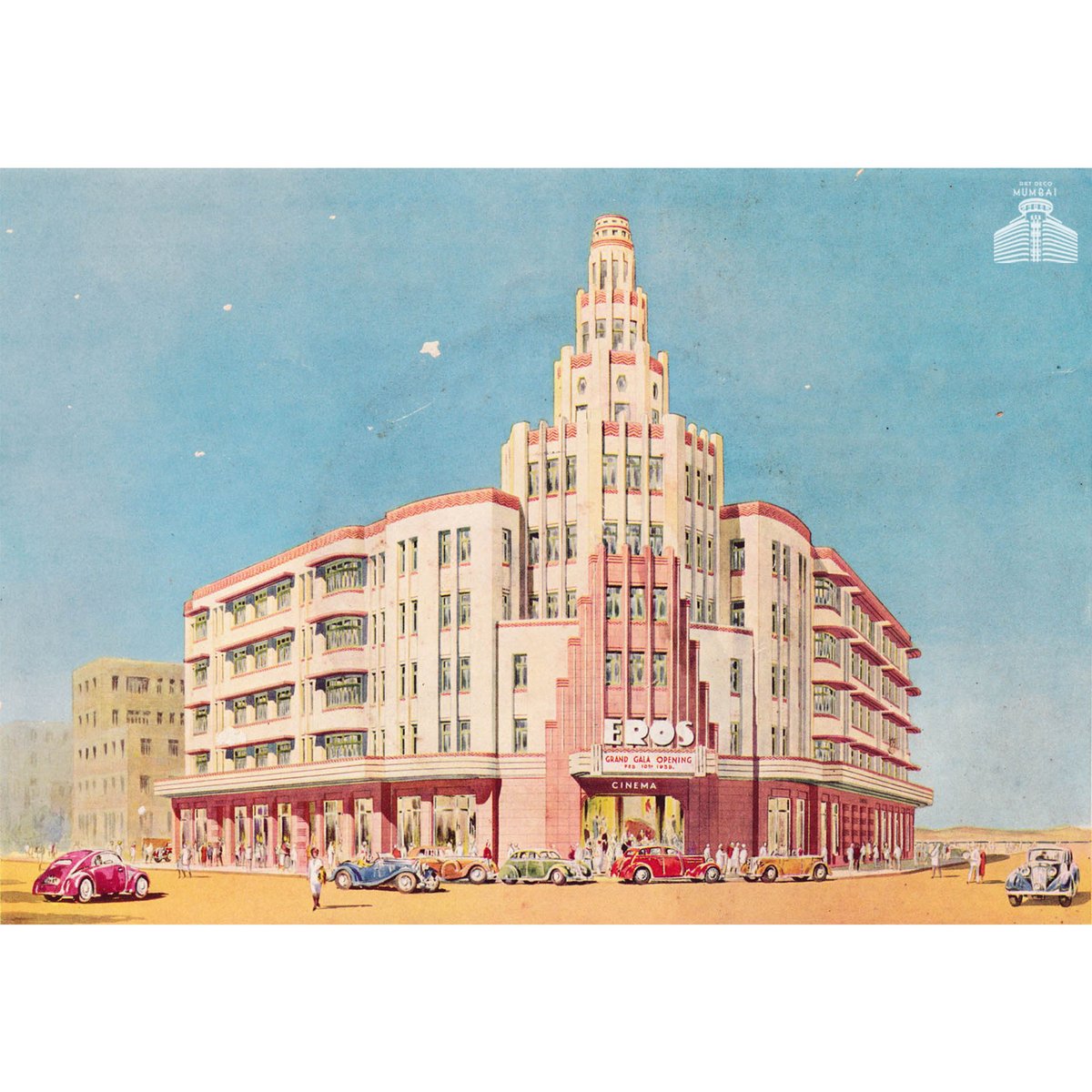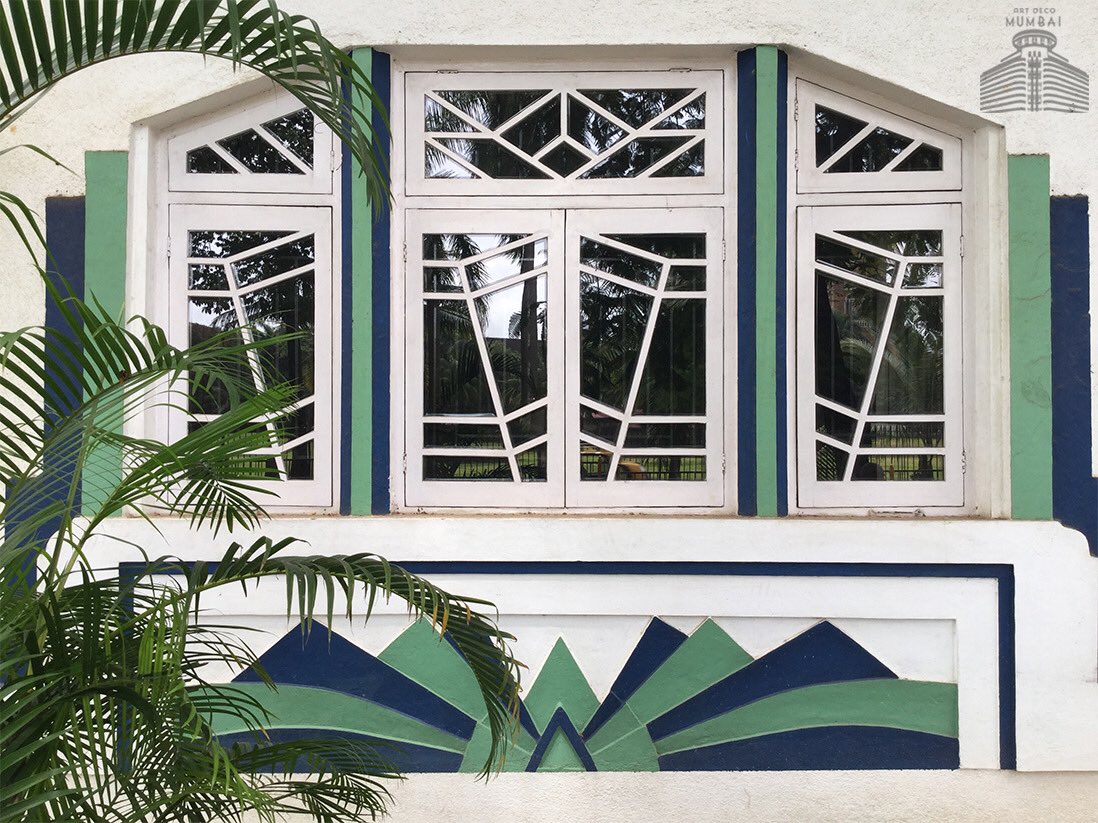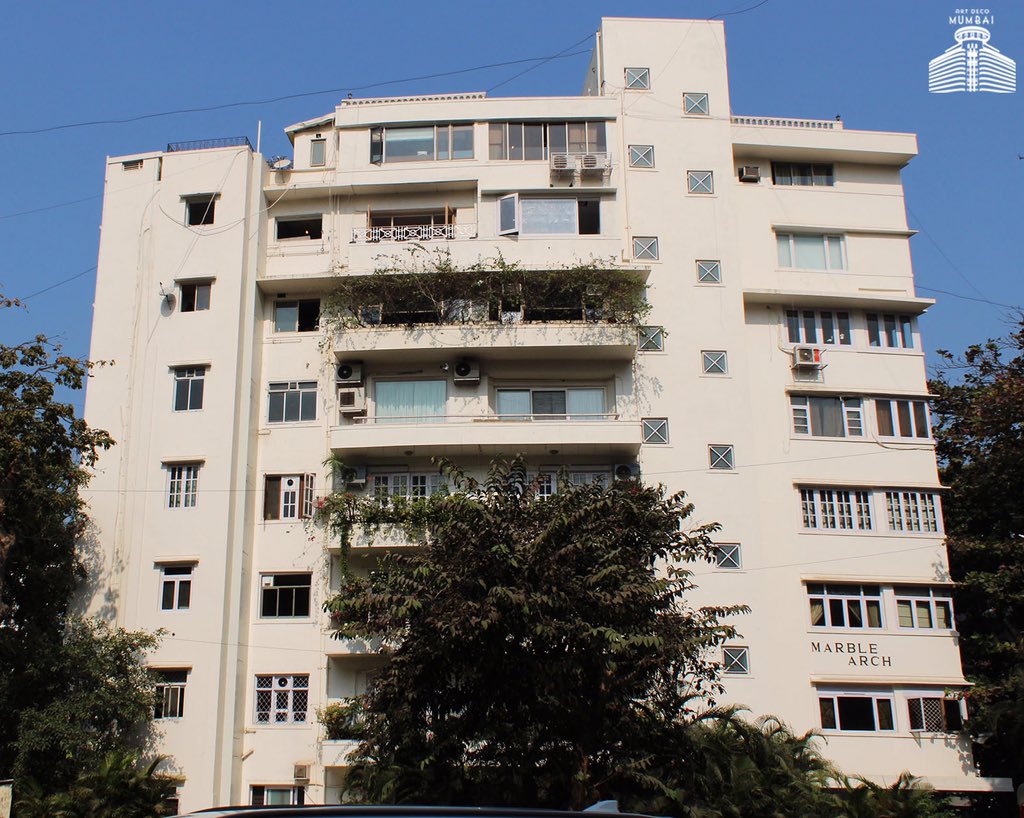
Eros cinema was designed with exquisite interiors to compliment its grand exterior.
The cinema theatre, claimed to be the most up-to date cinema of its time, was designed to produce the best possible acoustic properties (1/6)


The cinema theatre, claimed to be the most up-to date cinema of its time, was designed to produce the best possible acoustic properties (1/6)


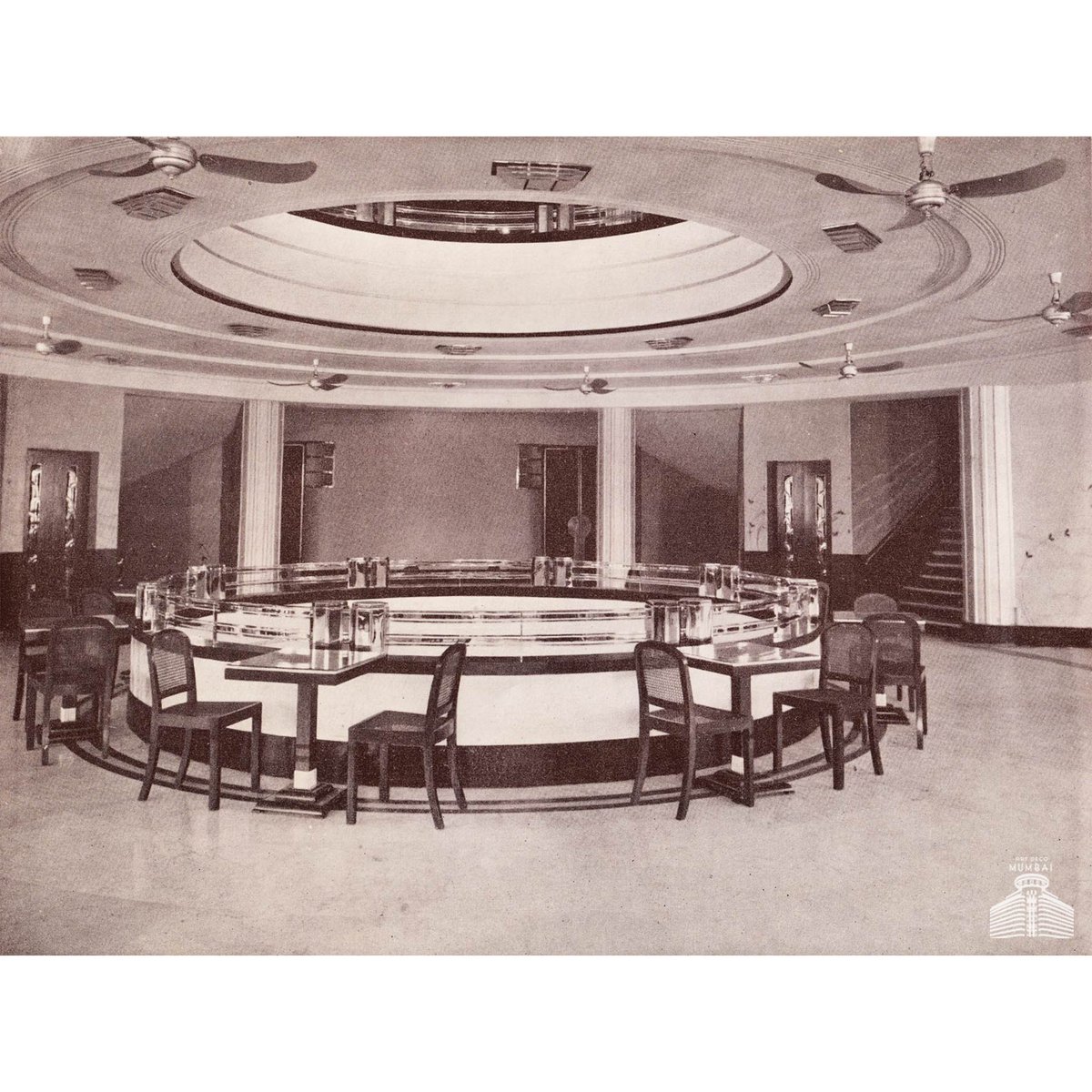
The perforated rubber cinema screen was the largest of its kind in India. The stage, measuring 46 feet by 26 feet was one of the largest in existence, and had an orchestra space to accommodate about 50 musicians (2/6) 





One of the highlights was the fire-proof safety curtain weighing two and a half tons, driven by motors – the only one of its kind in the whole of the East. The cinemas interior was surrounded with life-sized plaster reliefs, which were specially made by an Italian artist (3/6) 


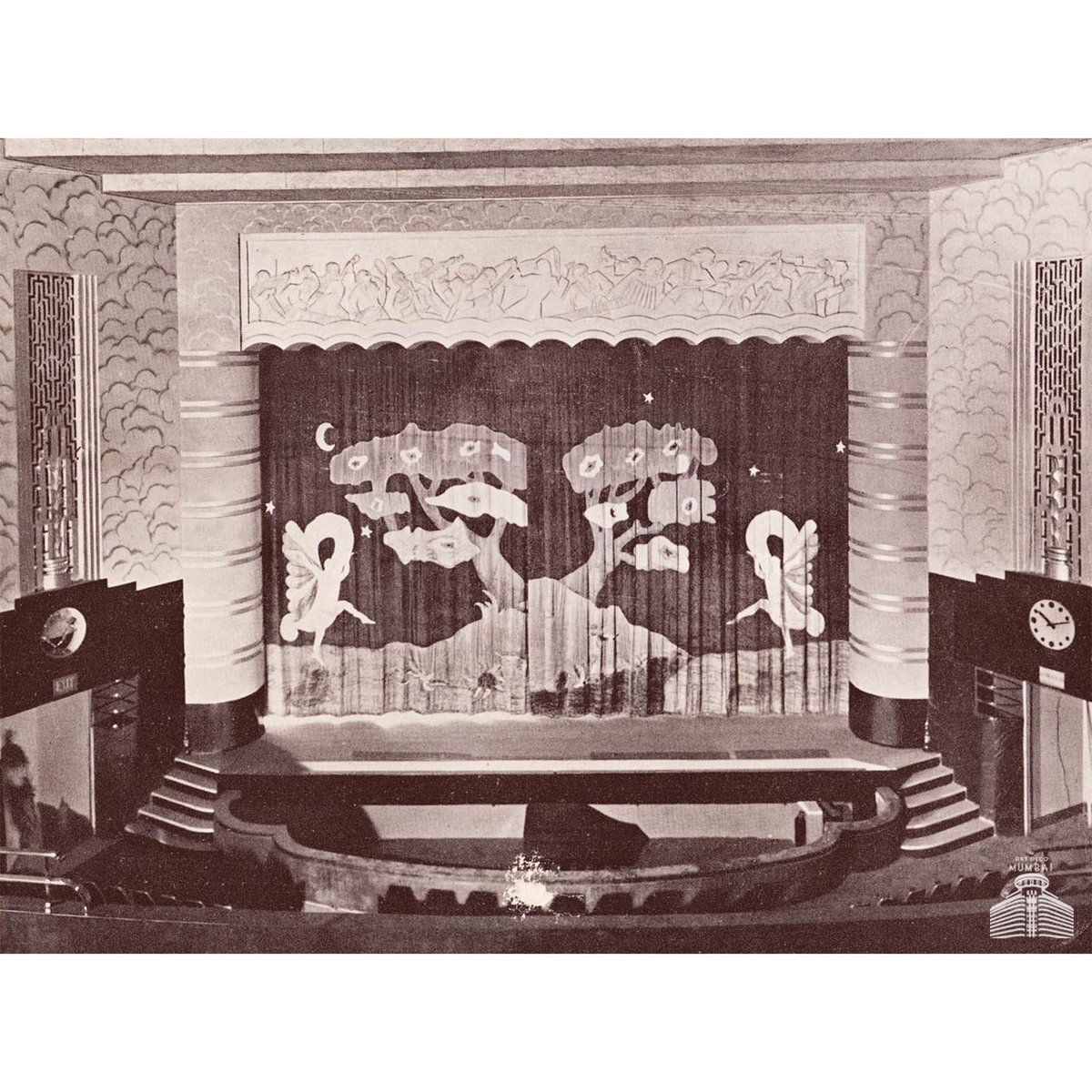


Like the Regal, a number of seats in various parts of the theatre were specially equipped with “deaf-aid” appliances for those who suffer from deafness – at no extra cost (4/6) 





On entering, guests were greeted with a large circular foyer (Image 2) with marble flooring and pillars bearing artistic friezes. A pair of large hexagonal lifts carried patrons to the balcony, boxes and upper foyers (5/6) 

On the first and second floor were luxurious circular lounges, each equipped with artistic furniture, a soda fountain and milk bar.(Image 3) (6/6)
#ArtDeco #artdecobuildings #ArtDecoMumbai #mumbaiarchitecture #cityarchitecture #Mumbai #ErosCinema #CinemainMumbai #DecoCinemas
#ArtDeco #artdecobuildings #ArtDecoMumbai #mumbaiarchitecture #cityarchitecture #Mumbai #ErosCinema #CinemainMumbai #DecoCinemas

• • •
Missing some Tweet in this thread? You can try to
force a refresh

